William Dalrymple’s “In Xanadu: A Quest,” a happy combination of erudition and brio written when the author was 22, retraces Marco Polo’s 5,000-mile journey from Jerusalem to Xanadu, begun in 1271, completed in 1275. Xanadu — on the eastern edge of the Mongolian steppe and roughly 170 miles north of present-day Beijing — was the newly completed mile-square capital of the overextended empire ruled by Kublai Khan, grandson of Genghis Khan. There, within the walled palace grounds, “with its fountains and rivers and brooks…and all kinds of wild animals,” to borrow Marco Polo’s marveling words, Kublai Khan had transplanted — as a reminder of his ancestral homeland — a patch of drought-resistant steppe grass.
Roughly six centuries later, in 1883, a young doctor named Harry Hapeman, born in Earlville, Illinois, having graduated from Chicago University Rush Medical School and practiced for a year in Polo, Illinois, married a young woman named Carrie Russell. It was from Polo that the two set out for the Great Plains state of Nebraska memorably described by the narrator of Willa Cather’s novel “My Ántonia:” “The only thing very noticeable about Nebraska was that it was still, all day long, Nebraska.” The vast prairie landscape might also be seen as the American equivalent of the Eurasian steppe.
By what means the couple traveled is unknown. Also unknown is how the young doctor chose a very small settlement called Minden, nearly 560 miles from Polo, as the place to establish his practice. As it happened, the settlement thrived, as did Dr. Hapeman’s practice. During his 70 years of practice, he oversaw more than 4,000 births. During his spare time, and especially after having bought the first car in Minden, he traveled far afield, to Wyoming, Colorado and Montana to study plant species, over the years assembling one of the largest private herbariums in the United States, with more than 30,000 specimens, including Hapeman’s coolwort, a perennial typically found near water, on limestone cliffs and canyon walls, from Wyoming to Montana.
In 1911, Dr. Hapeman built a handsome three-story house in Minden with a basement that could house his herbarium — and planted his lawn with the hardy American equivalent of Mongolian steppe grass: buffalo grass. Then, on November 11 to 12, 1911, in the words of the National Weather Service, “a cold front barged across the central and eastern United States with such force that it is still remembered over a century later…. Huge thunderstorms erupted ahead of the front…and terrible tornadoes up to F4 in strength.”
This memorable blast was followed by an eight-year drought, followed in turn by the fierce storms of the 1930s that whipped off billions of tons of the region’s drought-dried top soil, transforming vast areas of the Great Plains into what was aptly named the Dust Bowl.
Having braved the worst of weathers for decades, Dr. Hapeman’s lawn at last became patchy and, according to local historian Jack Hultquist, was dug up a few decades ago and reseeded, albeit not with the tough grass of the prairies that had served so long. No palace grounds exist in Minden in which to preserve a patch of buffalo grass, but the American Prairie Reserve, by restoring more than 400,000 acres of Montana ranchland to its original state, and the Somme Prairie Nature Preserve in Dr. Hapeman’s birth state, Illinois, are among the groups seeking to assure the future of a species that, having flourished for centuries as vast herds of bison thundered across the prairie, was brought close to extinction by the deep-slicing blades of John Deere’s steel plow.
Jon Swan lived in Minden from 1942-1946, the year he graduated from high school.
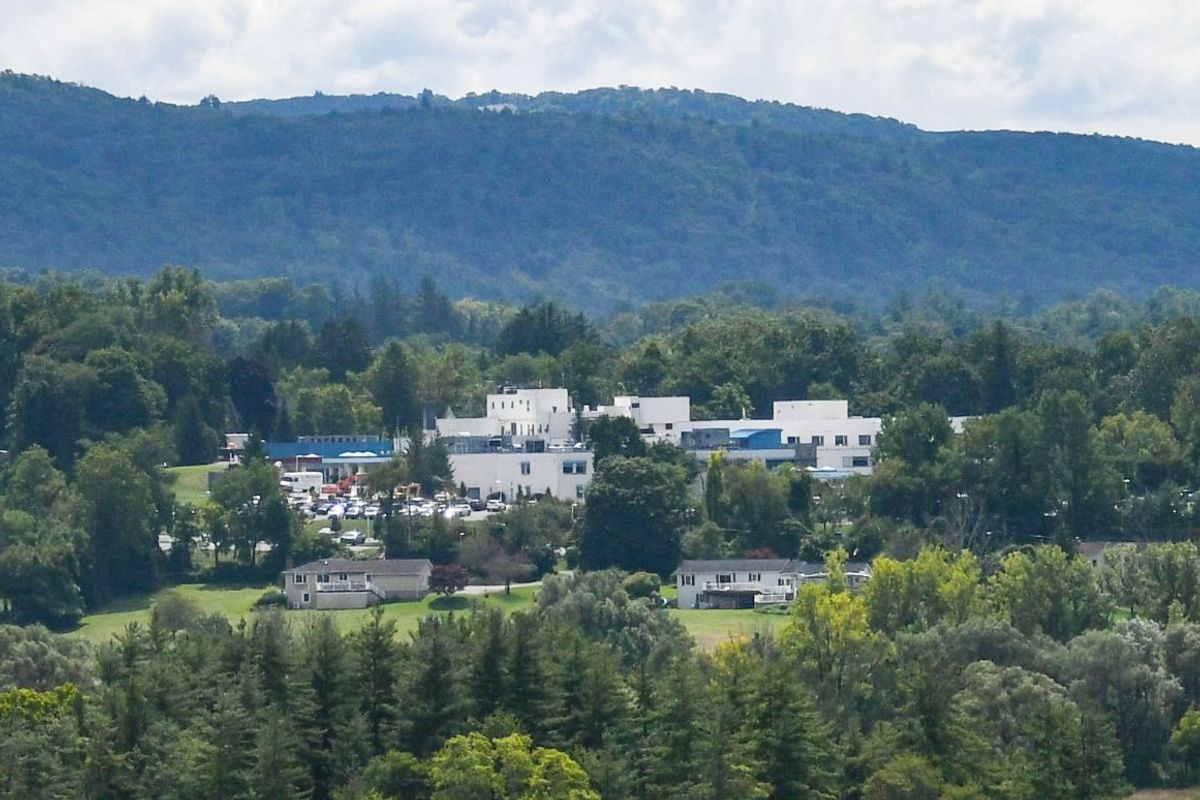
 Sharon’s Mudge Pond spans more than 200 acres. Alec Linden
Sharon’s Mudge Pond spans more than 200 acres. Alec Linden  Citizen scientists look skyward for Audubon’s Christmas Bird Count Photo: Cheri Johnson/Sharon Audubon Center.
Citizen scientists look skyward for Audubon’s Christmas Bird Count Photo: Cheri Johnson/Sharon Audubon Center. 

 The 4-H Club float rolls down Main Street in North Canaan en route to the Doughboy statue. RIley Klein
The 4-H Club float rolls down Main Street in North Canaan en route to the Doughboy statue. RIley Klein  The 61st annual Railroad Days in North Canaan, now called Old Railroad Days, took place in August. David Carley
The 61st annual Railroad Days in North Canaan, now called Old Railroad Days, took place in August. David Carley 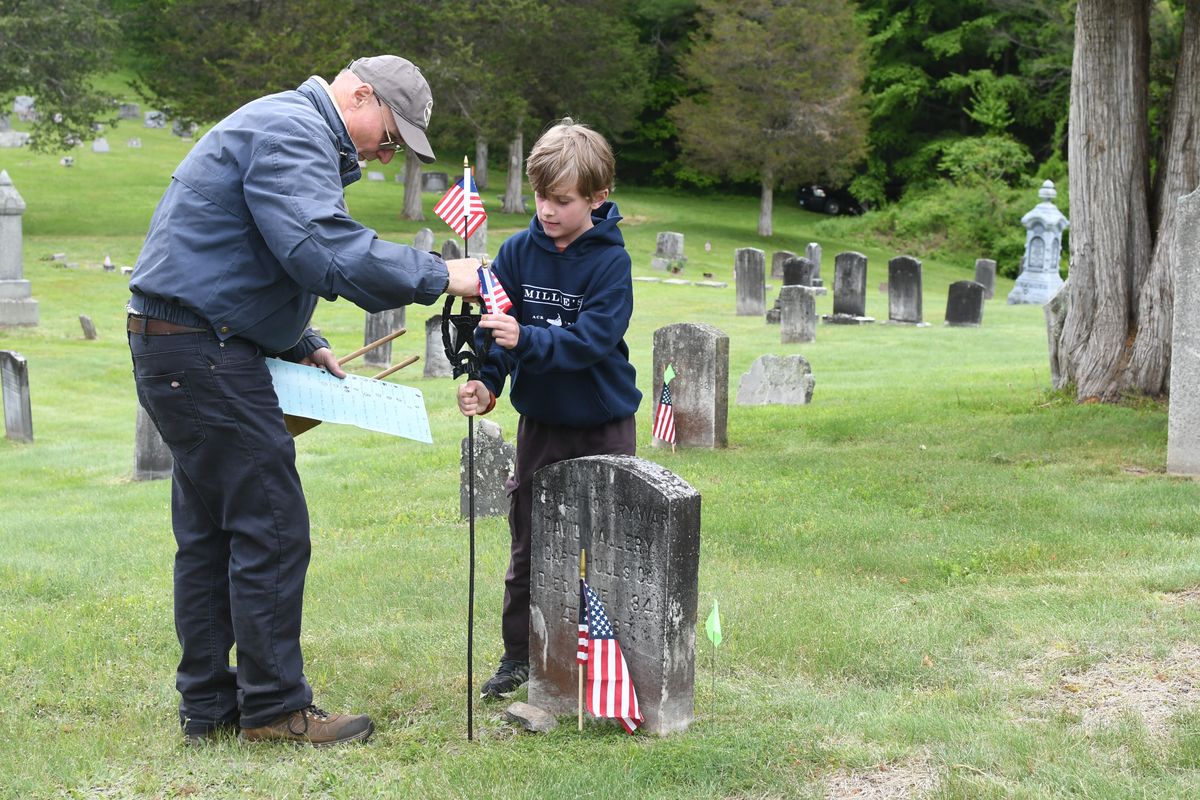
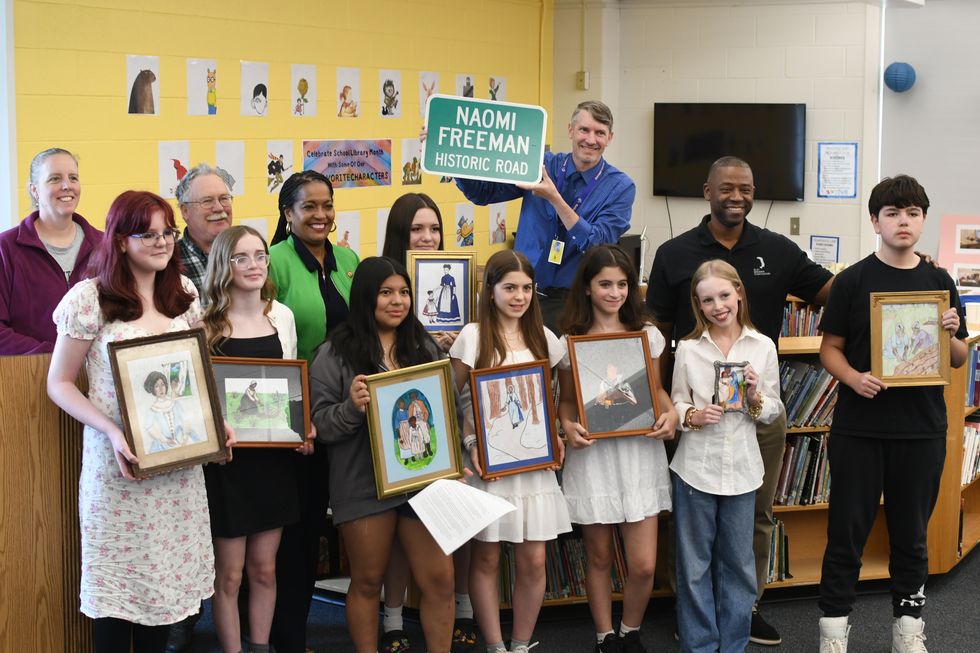 Cornwall Consolidated School seventh graders take part in a project honoring Naomi Freeman, Cornwall’s first Black female landowner,Lakeville Journal
Cornwall Consolidated School seventh graders take part in a project honoring Naomi Freeman, Cornwall’s first Black female landowner,Lakeville Journal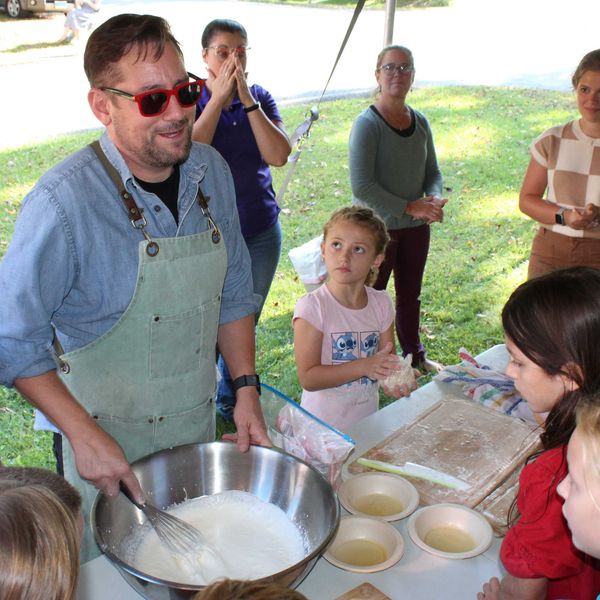
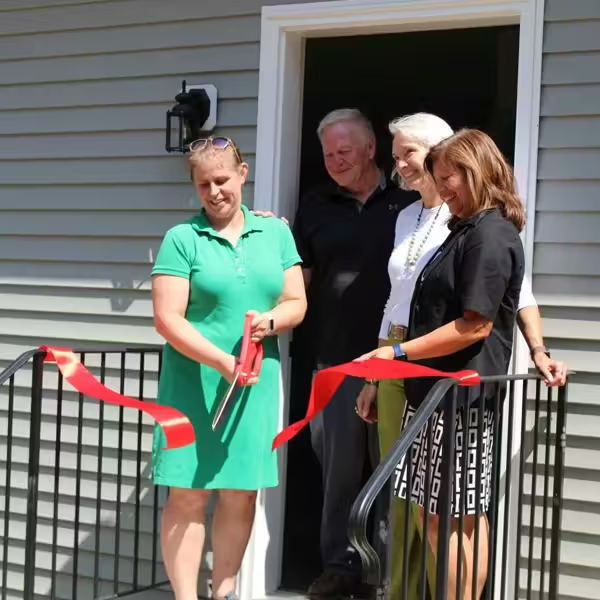

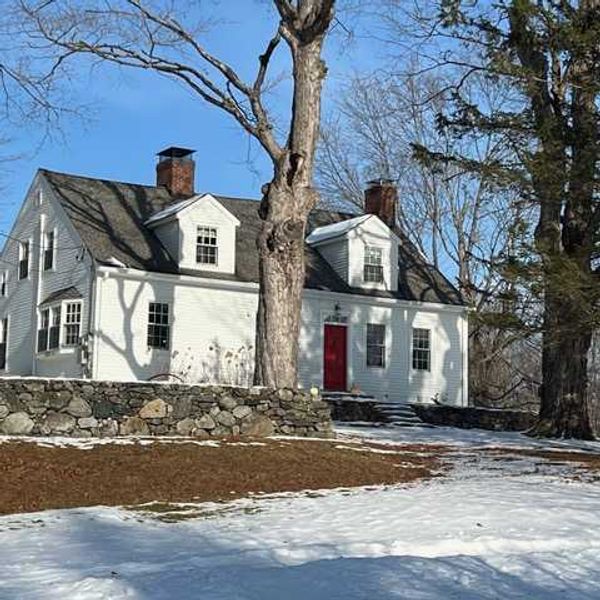


The Mongolian-Nebraska connection
The Jon Swan Column